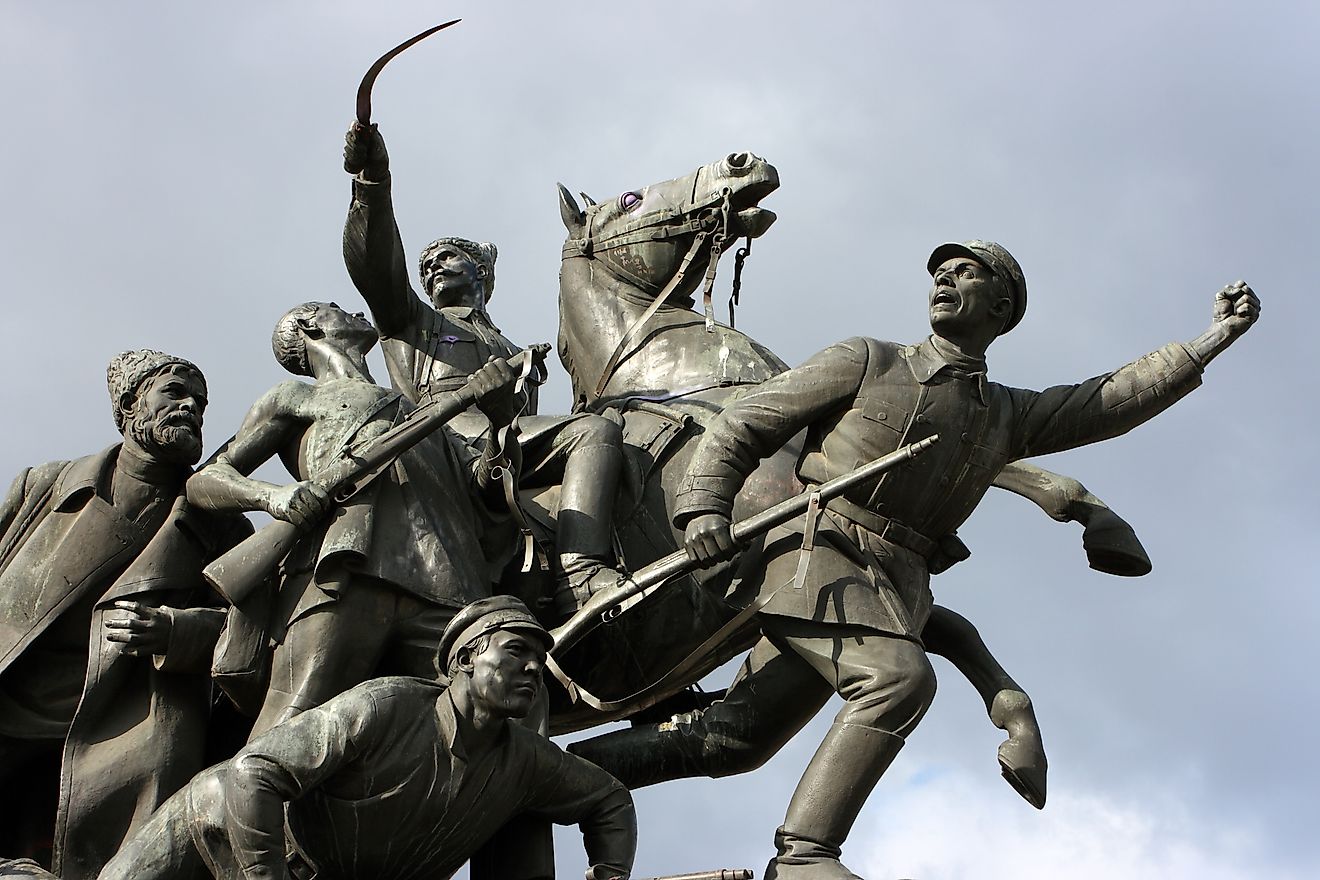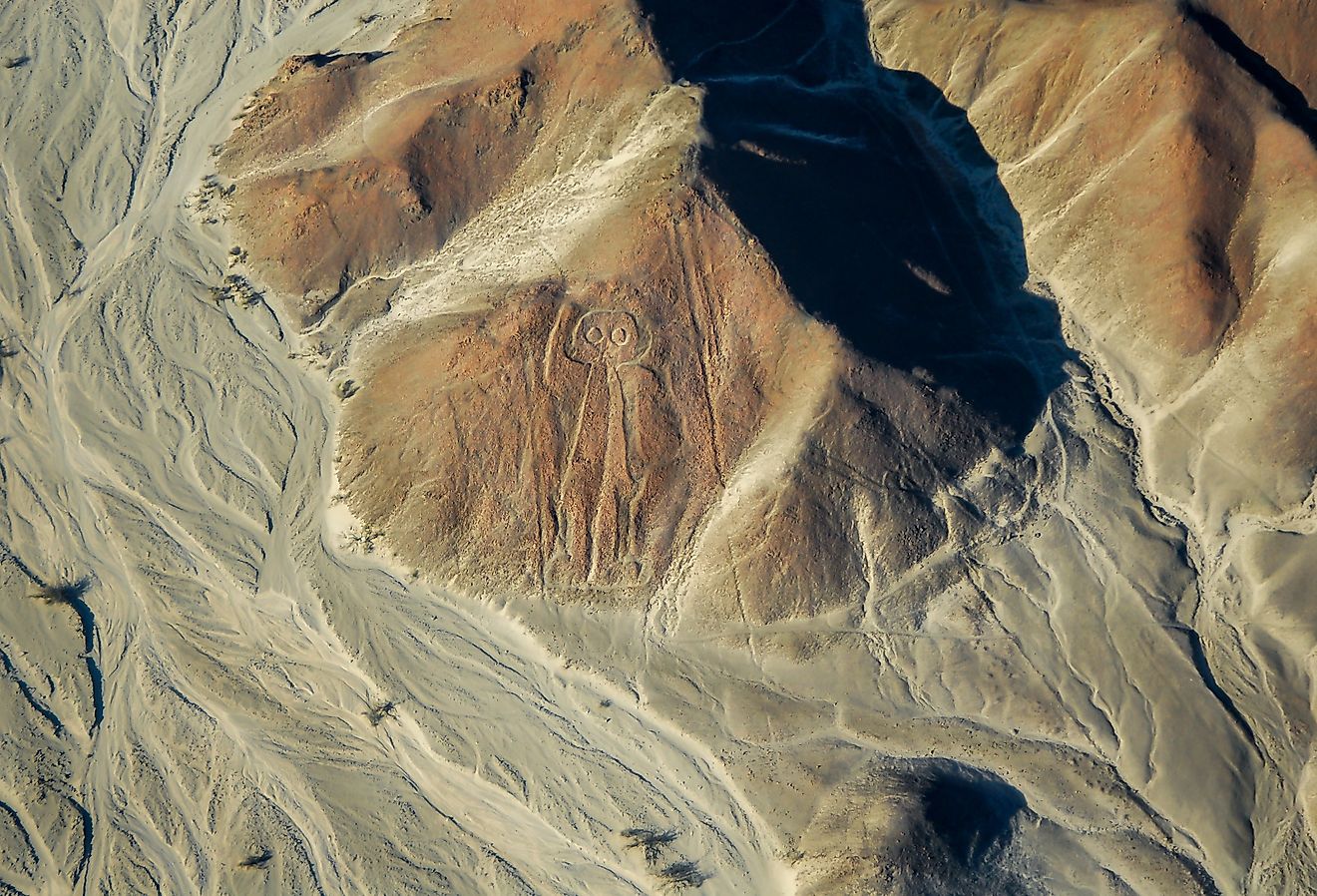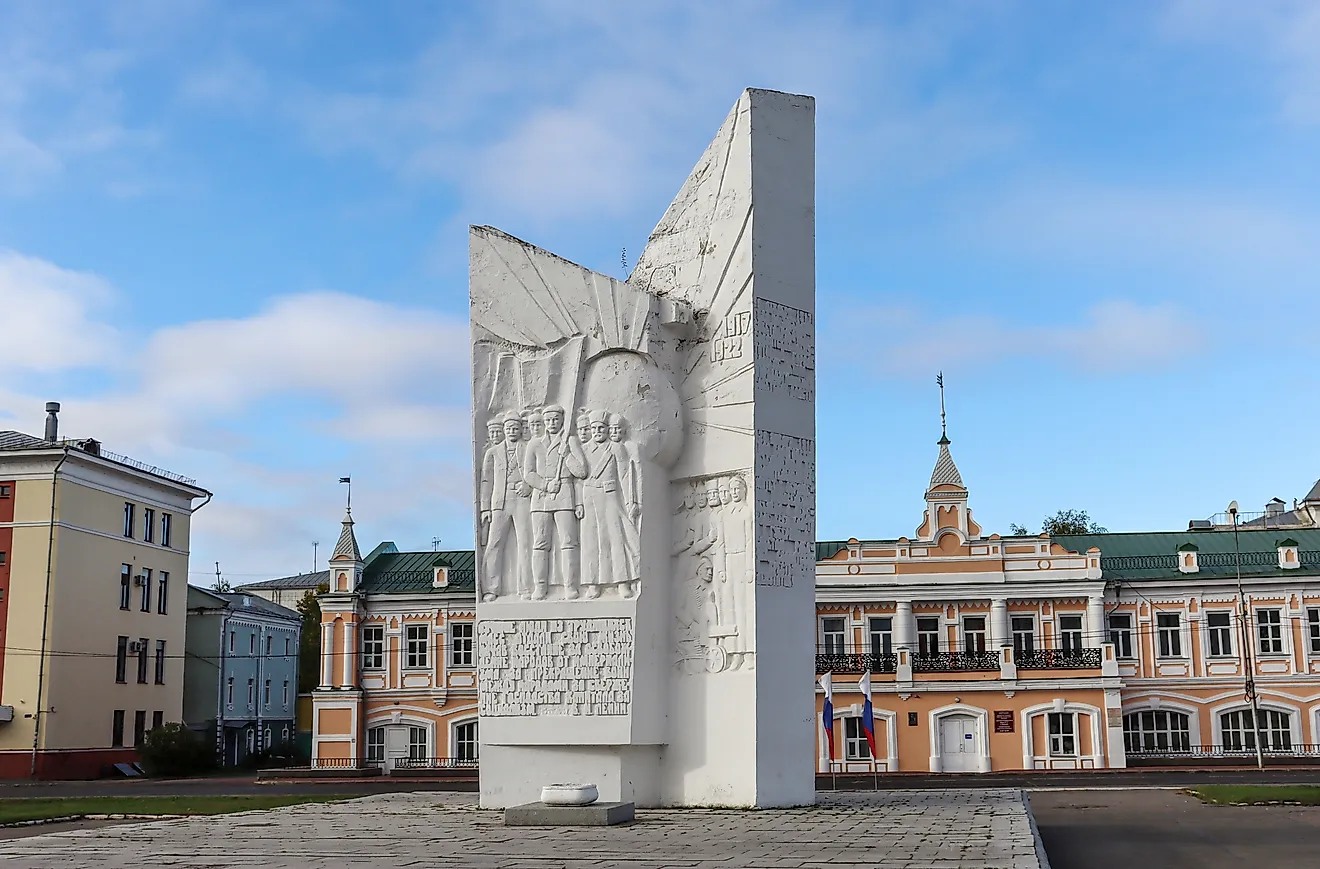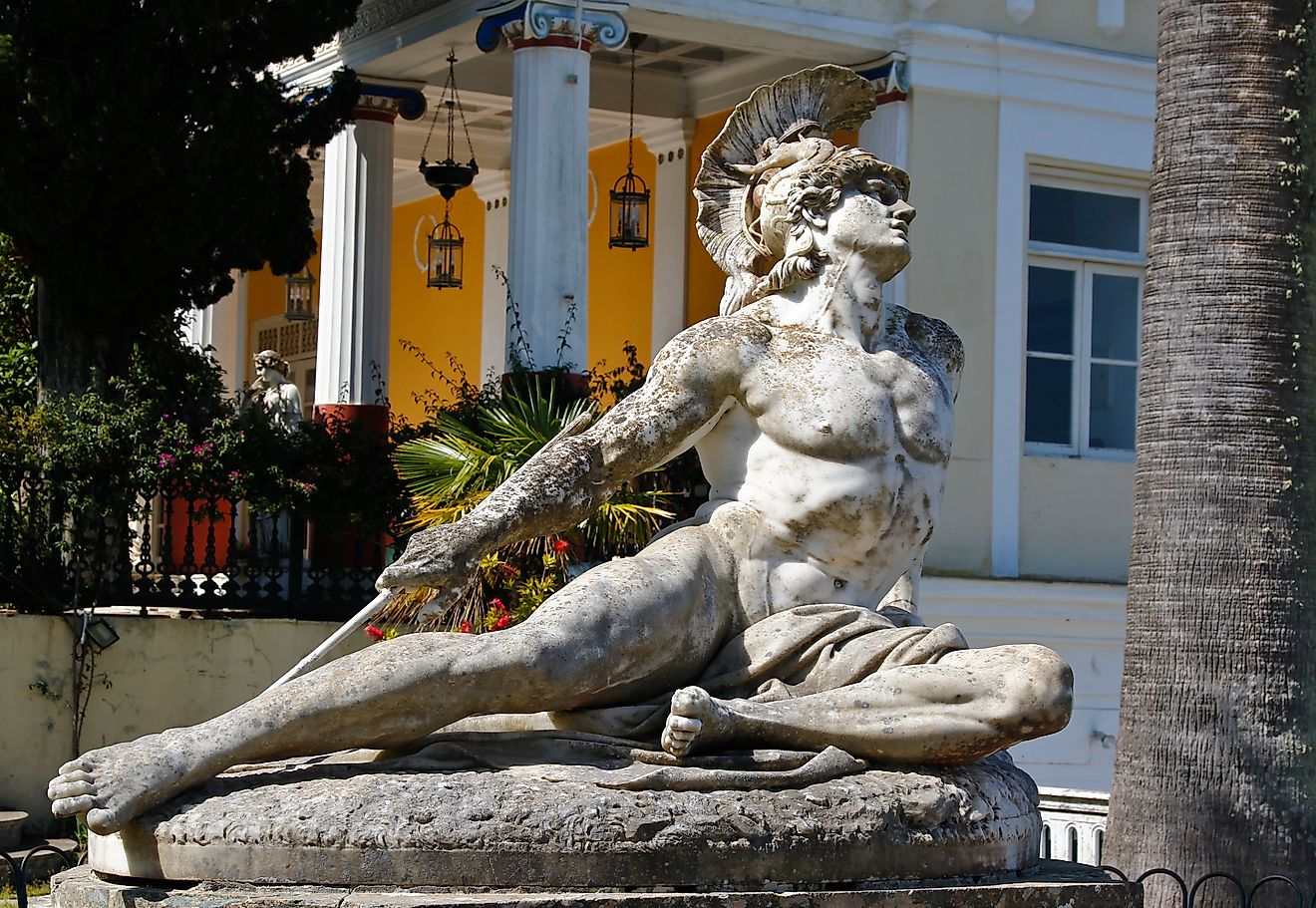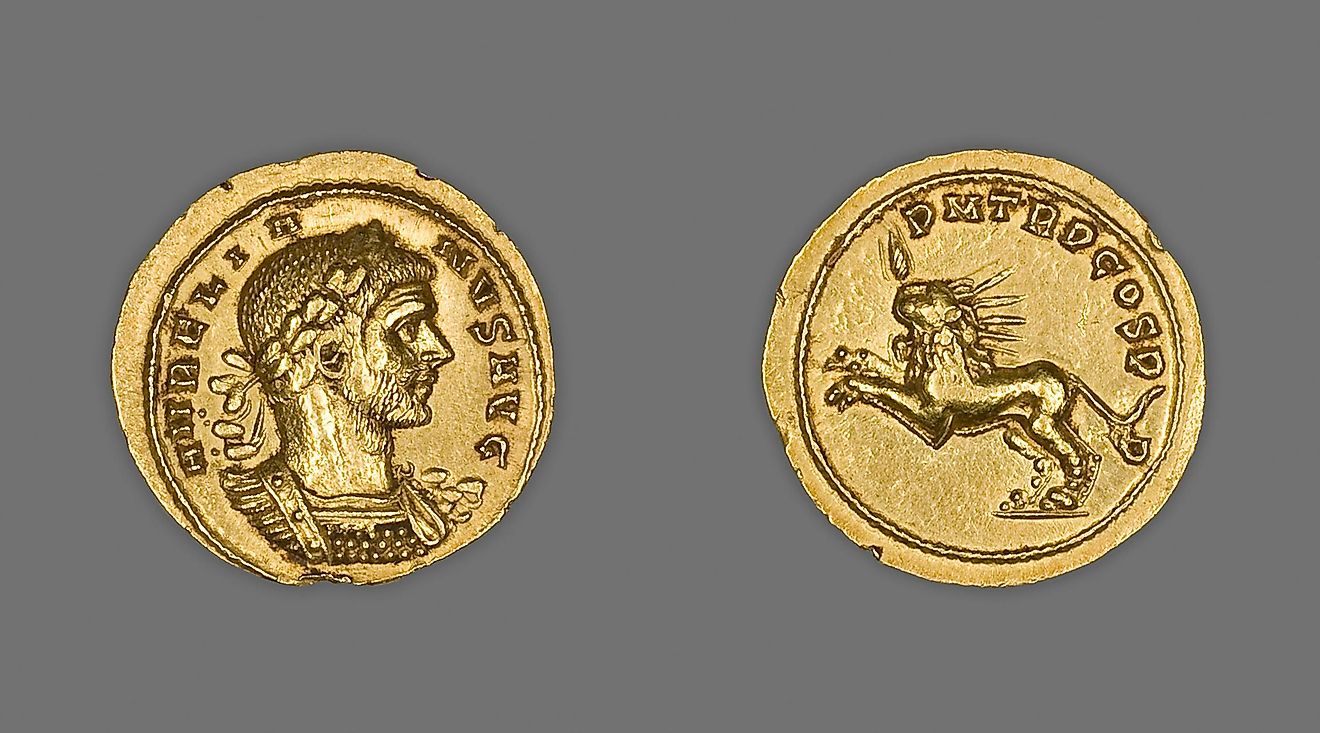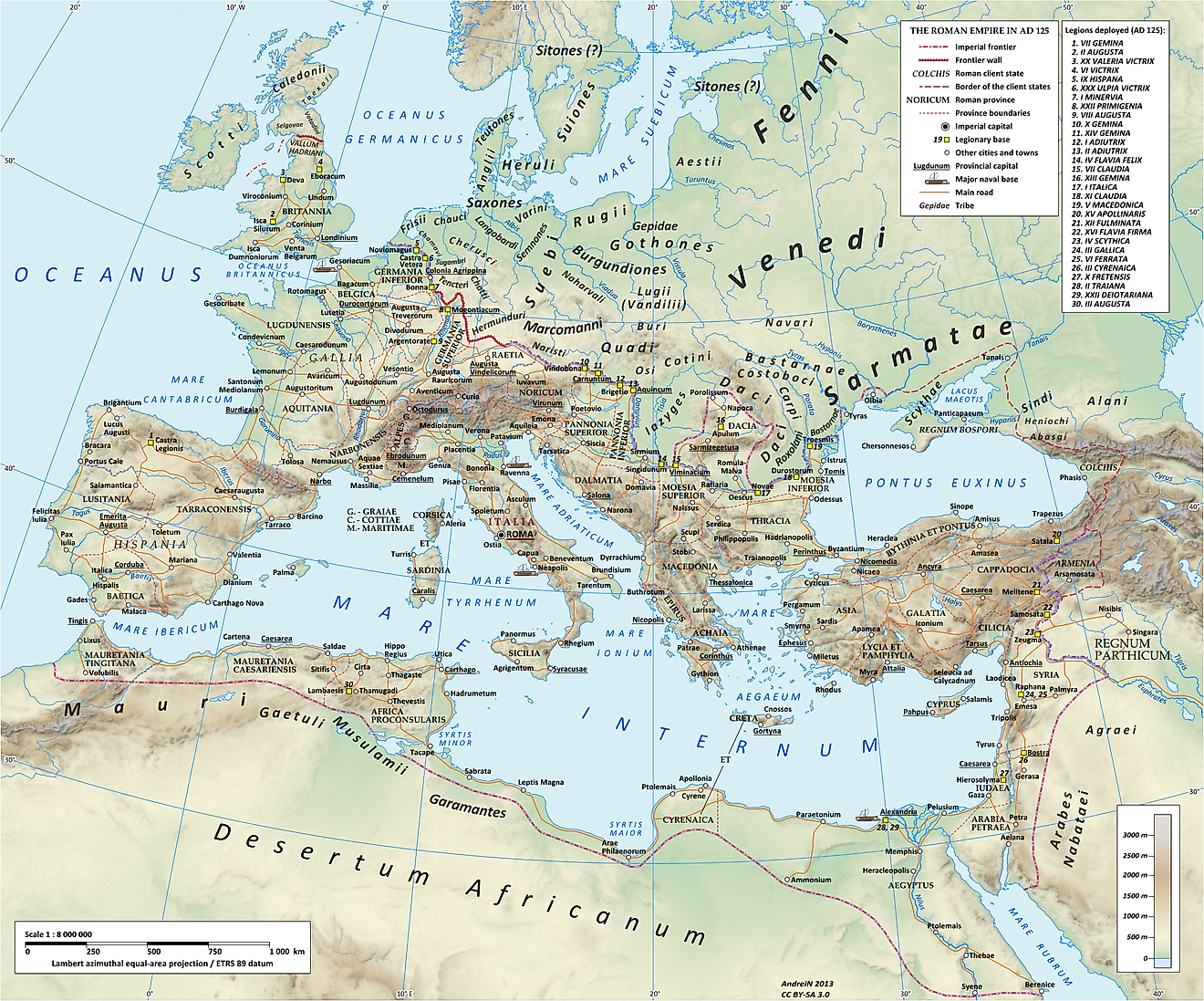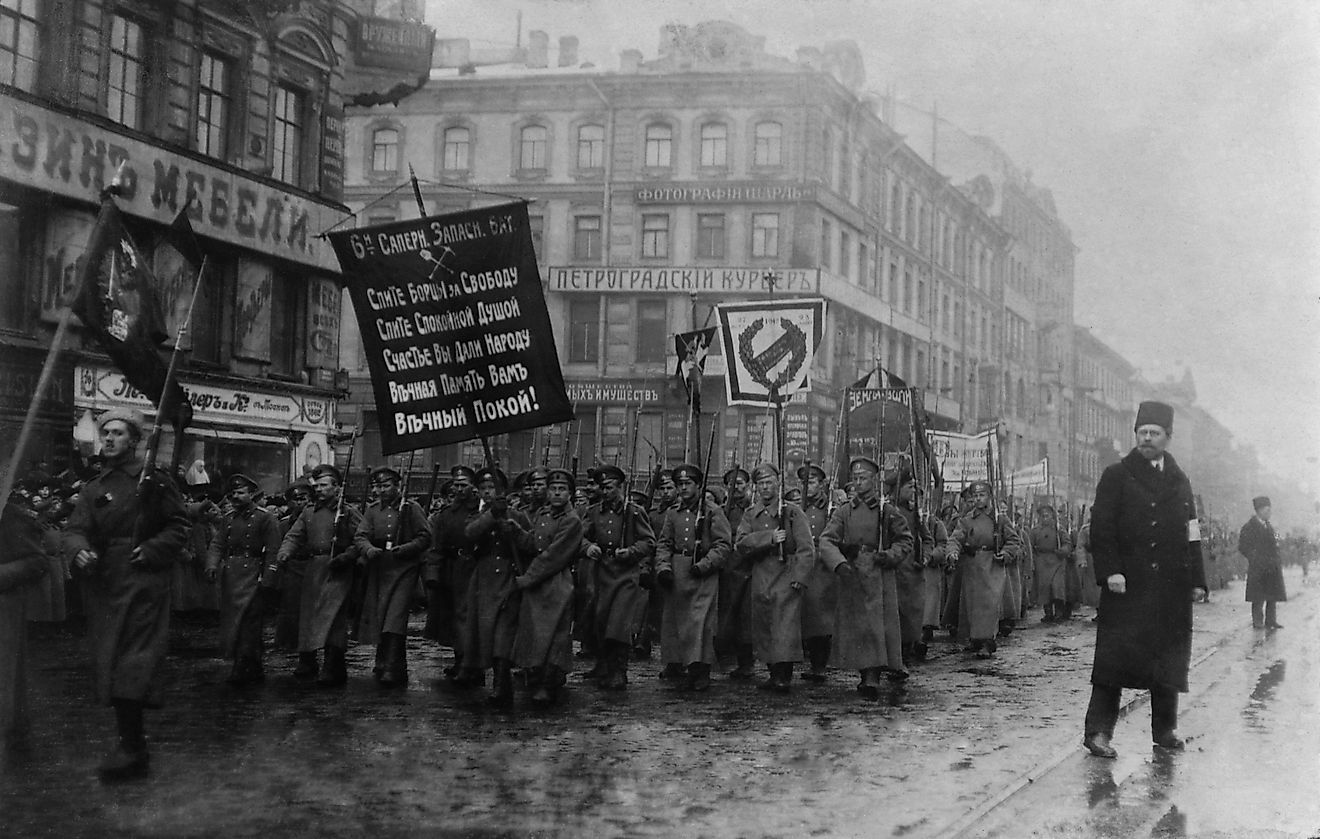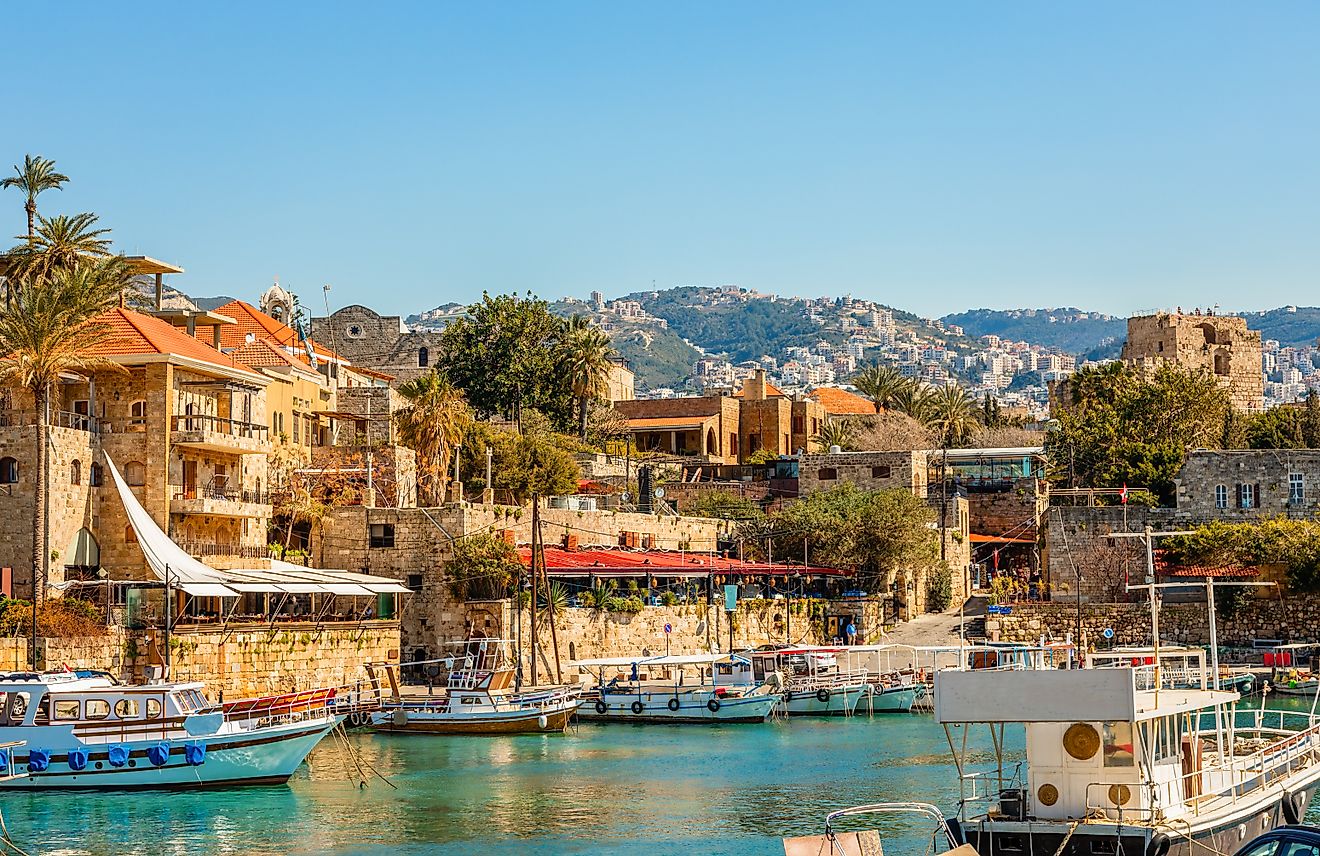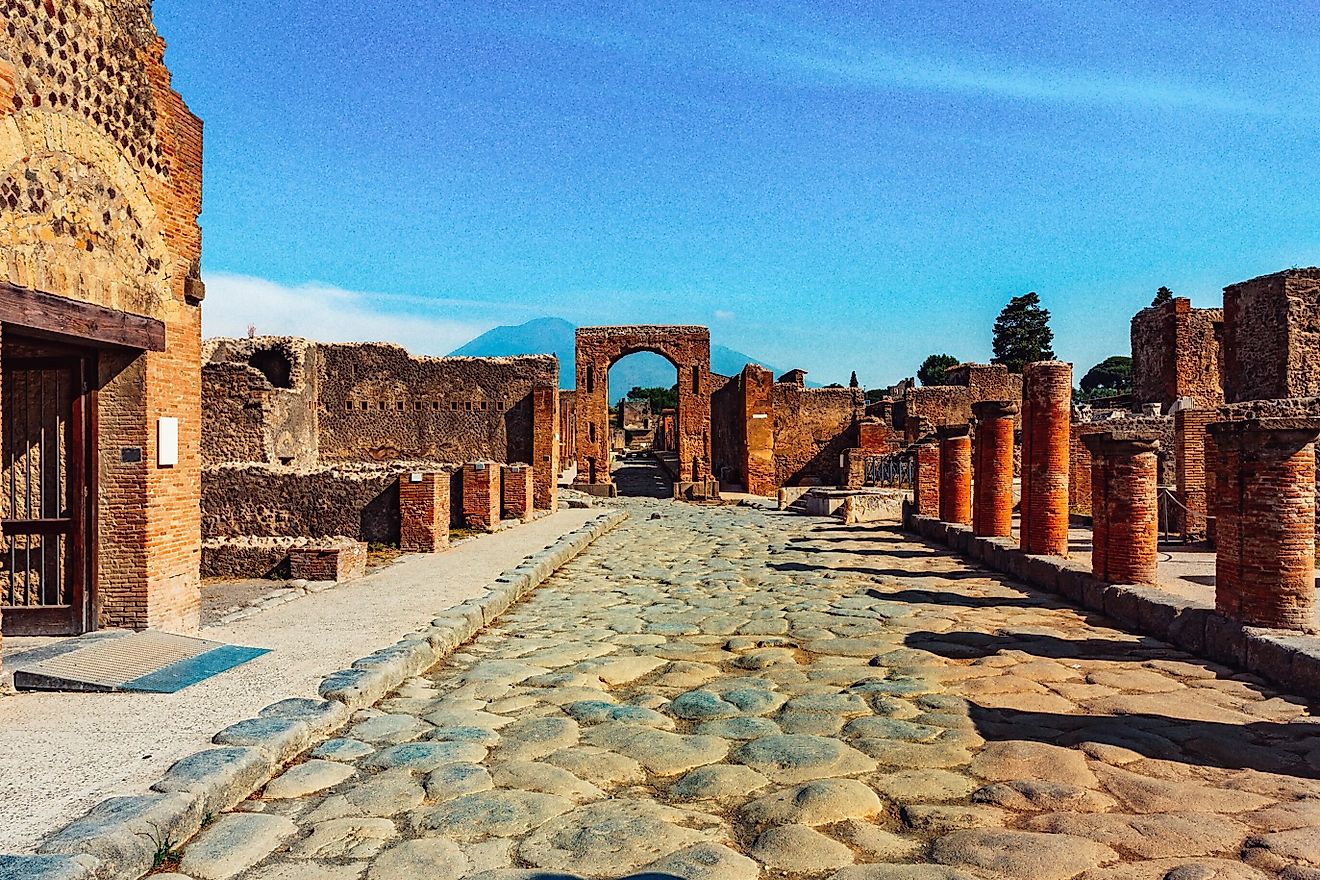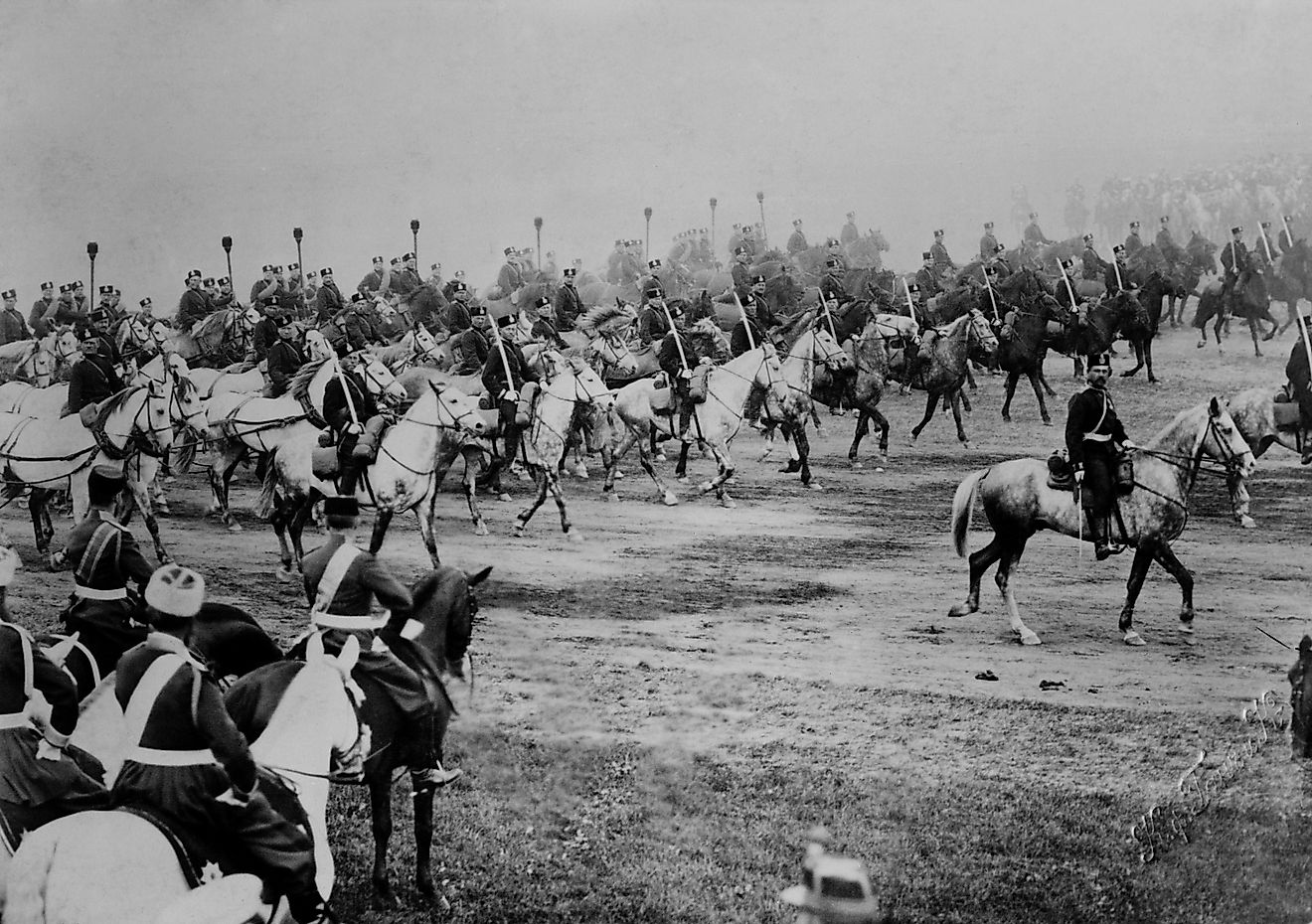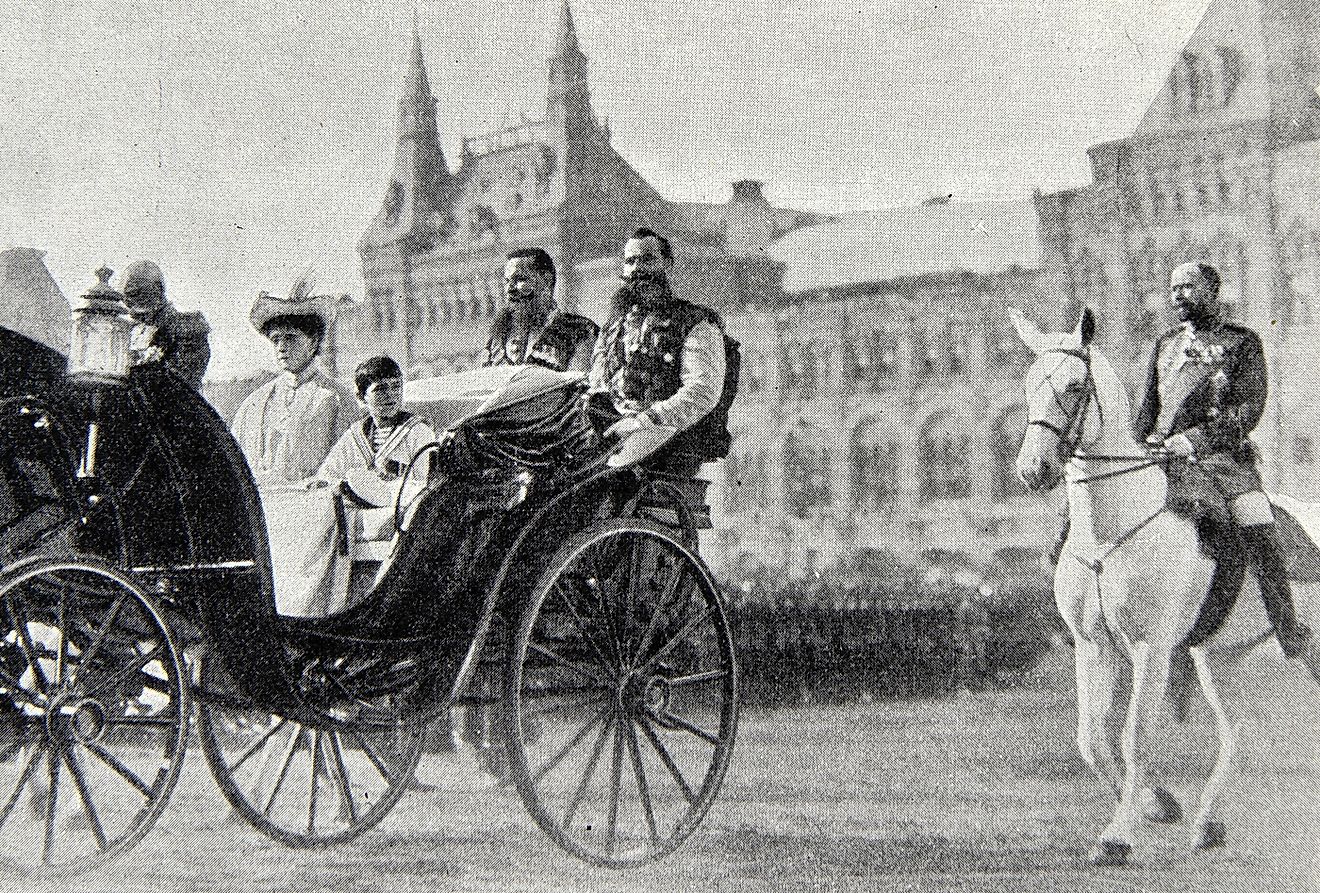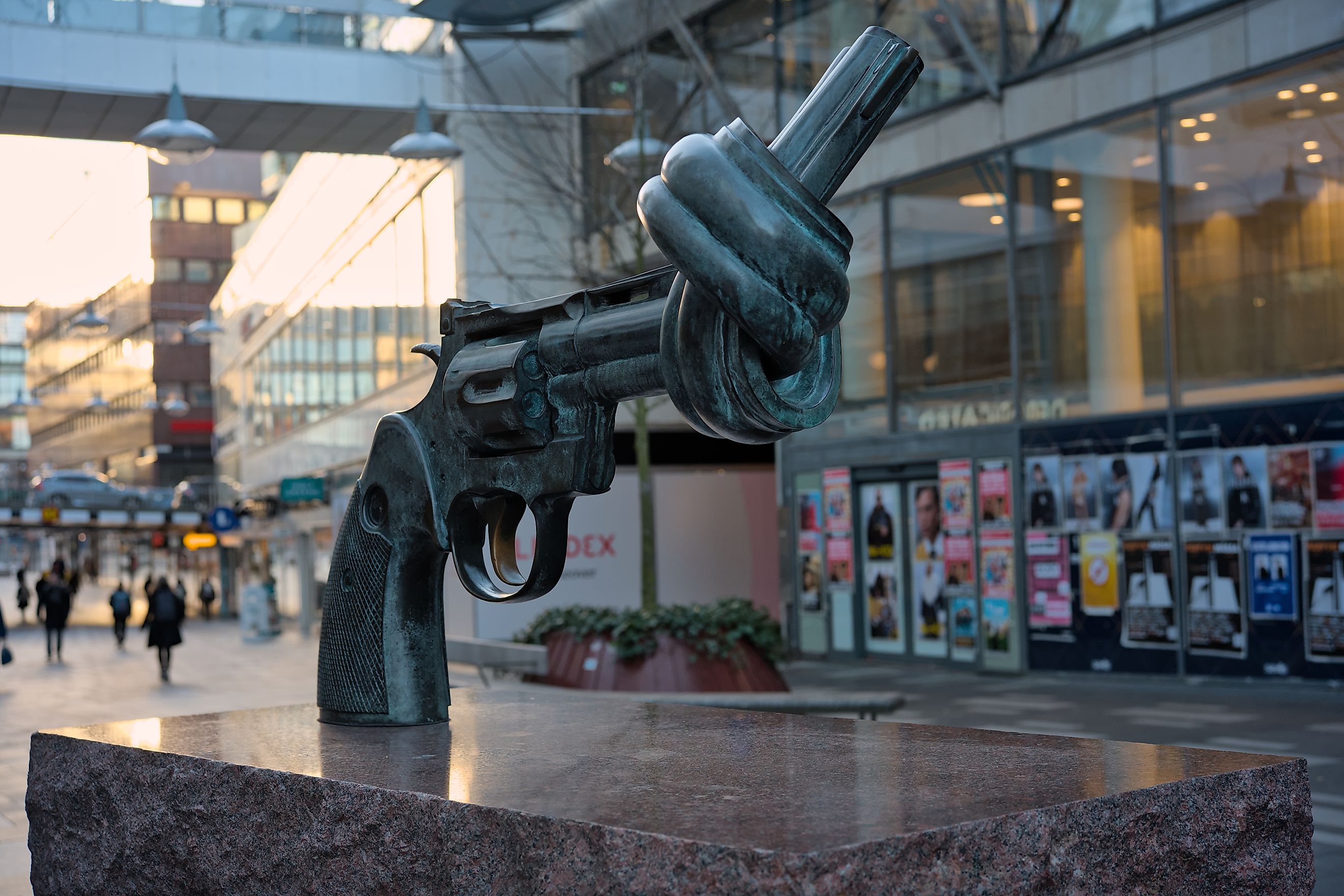
The Legacy Of Neutrality In Modern Europe After The World Wars
Neutrality has shaped how some European countries interact with the rest of the world. When one thinks of European-neutral nations throughout modern history, names like Switzerland and Ireland might pop up. Over the decades, they have maintained their neutrality to protect their sovereignty amid Europe's many conflicts.
During the World Wars, their neutral stance helped countries avoid the horrors of war, with countries like Switzerland even becoming a center for diplomacy and humanitarian aid. After World War II, neutrality took on new importance as Ireland and Finland embraced it, especially during the Cold War, to carefully navigate the tension between the Soviet Union and the West. Today, even as Europe faces new challenges, the tradition of neutrality continues to influence these nations. They are finding ways to contribute to international stability and cooperation without joining military alliances. As Europe evolves, these countries have reconsidered how neutrality fits into their relationships with neighbors and the wider world.
Historical Context: Neutrality During World Wars
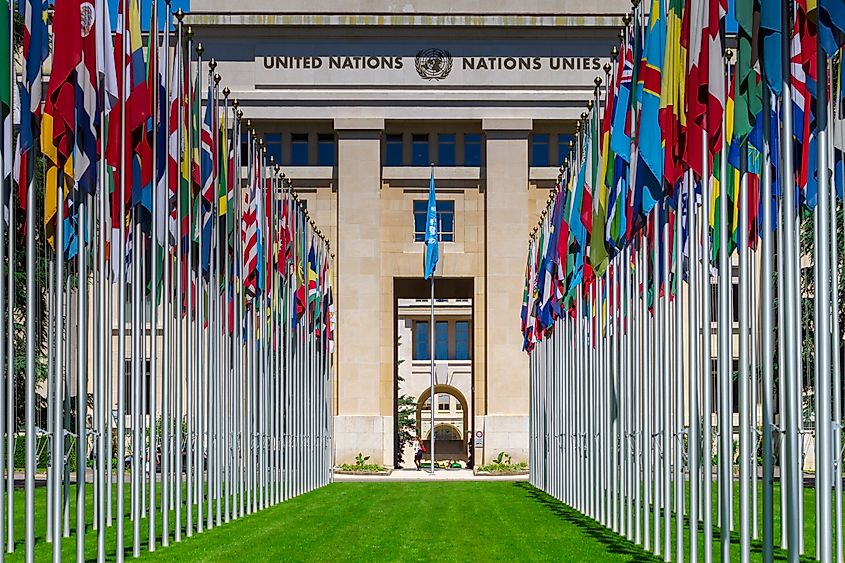
Neutrality has been a defining characteristic for many European countries, shaping their histories, especially during the tumultuous periods of World War I and World War II. Several did not rely on the goodwill of their neighbors to defend their neutrality. For example, during both World Wars, Switzerland maintained a strictly neutral stance but at the same time mobilized a significant army—about 850,000 troops during WWII. This was not to threaten other countries but to defend its own borders. The troops allowed Switzerland to become a hub for diplomacy and humanitarian efforts while being able to protect itself. Switzerland’s road to the present also passed through some morally grey areas during World War II. Switzerland maintained a stance of neutrality while engaging in financial dealings with Nazi Germany. Some argue that Switzerland's acceptance of looted Nazi gold contradicted its neutral position and indirectly supported the Nazi war effort.
Sweden navigated the complex dynamics of the wars by declaring neutrality but faced tough choices that tested this stance. In World War II, they supplied about 40 percent of Germany's iron ore and made strategic economic decisions to avoid provoking an invasion. At the same time, it quietly supported its neighbors like Finland in their conflicts against the Soviet Union. For countries like Ireland, neutrality was a way to fortify their independence. Ireland, newly independent in 1922, chose neutrality during World War II, or what they called "The Emergency.” Despite pressures from both the Allies and Axis powers, Ireland aimed to assert its sovereignty and prevent internal divisions, even as around 70,000 Irish volunteers joined British forces.
Finland's path was particularly difficult to navigate. After declaring independence from Russia in 1917, Finland was invaded by the Soviet Union in 1939, leading to the Winter War. Even with fierce resistance, they had to cede territory. In a bid to regain lost land, Finland later engaged in the Continuation War alongside Nazi Germany, though they maintained a degree of neutrality by considering themselves co-belligerents rather than formal allies. Unlike Switzerland, which maintained armed neutrality and avoided direct devastation, Finland's involvement in the war led to significant social and economic upheaval. These countries justified their neutrality as a pragmatic approach to safeguard their nations when larger powers were locked in devastating conflicts. By blending diplomacy with strategic economic and defense measures, they managed to navigate the perils of global wars.
After World War II, neutrality in Europe was not just about sitting on the sidelines—it evolved into an active stance as neutral nations tried to maintain their sovereignty and avoid getting tangled in the Cold War tensions between the U.S. and the Soviet Union.
Cold War Dynamics and Neutrality

Due to its proximity to the Soviet Union, Finland walked a tightrope during the Cold War; it stayed neutral but was careful not to provoke its powerful neighbor. Sweden, Ireland, and Switzerland continued their long-standing neutral policies but started taking more active roles internationally. Both became champions of humanitarian aid and peacekeeping, as Sweden has contributed over 80,000 personnel to United Nations (UN) missions since 1948.
One advantage neutral nations could hold during the Cold War was acting as intermediaries between the Soviets and the United States. They often hosted important diplomatic talks, helping to ease tensions during high-stakes time. This role boosted their international standing and allowed them to contribute to peace efforts without taking sides. Economically, neutrality opened doors to trade with both blocs. These countries could benefit from Western technology and Eastern resources. For example, Sweden's GDP grew at a rate of 3% every year from 1950 to 1973.
Risks
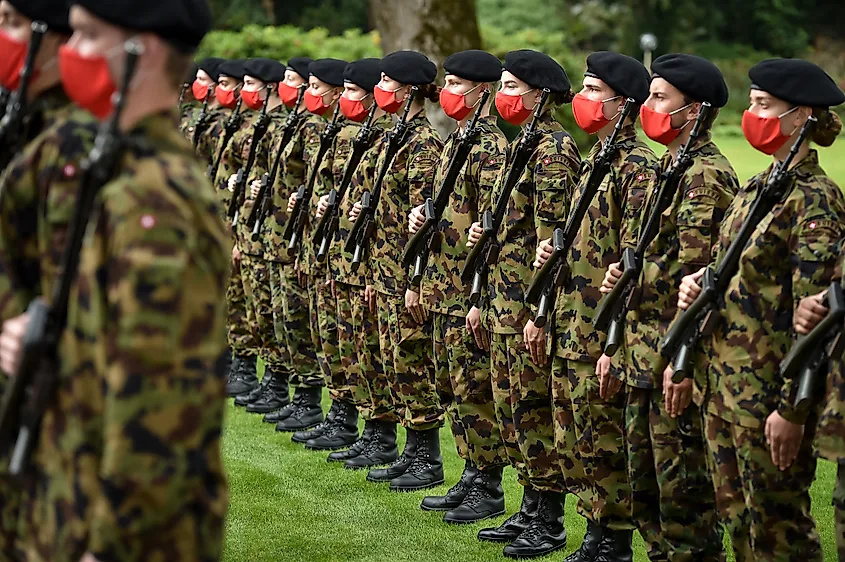
It was not all smooth sailing—neutral nations had to manage complex relationships to avoid upsetting either side, which sometimes meant making tough choices about who to trade with and when. Countries risked economic sanctions or political isolation if they were perceived as leaning too much toward one bloc, like when Finland signed the 1947 Paris Peace Treaty with the Soviet Union after the war, ceding territory and agreeing to pay reparations. The treaty imposed limitations on Finland's military and foreign policy, forcing them to carefully manage relations to maintain their sovereignty and avoid further conflict.
Politically, being neutral allowed these countries to focus on domestic issues. They could divert money to other causes instead of going into defense partnerships. Countries like Switzerland had a high standard of living by using funds for social care, education, and building up the country's structures. However, they couldn't ignore their defenses. To deter any potential aggression, many neutral countries continued to maintain strong defensive capabilities.
In essence, neutrality during the Cold War offered strategic perks like diplomatic influence and economic flexibility, but it was a high-wire act. These countries had to be adept at juggling relationships and safeguarding their own interests in a polarized world. Their experience shows that neutrality was an active, often challenging role that required constant attention and skillful navigation.
Neutrality in the Post-Cold War Era
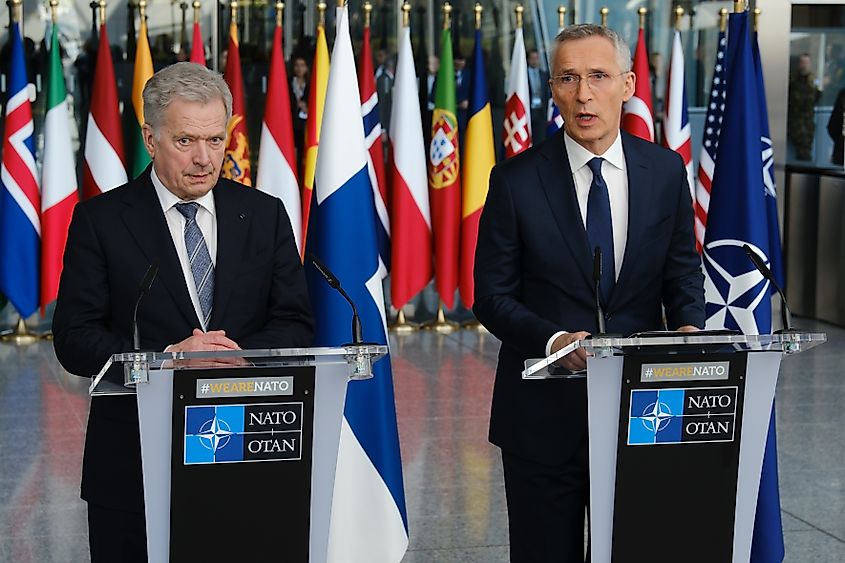
After the Cold War’s end in 1991, countries in Europe faced a brand new list of hurdles. The world was changing. local disputes in the Balkans, the rise of global terrorism, and the emergence of China as a superpower significantly altered the global geopolitical landscape. Regional disputes taking place in areas like the Balkans further tested neutrality. Intermediary countries participated under peace-promoting missions governed by the UN or European Union (EU) so they could help manage these crises without picking sides.
To give an example, troops from Sweden and Finland were dispatched to Bosnia & Kosovo during the '90s as part of international steps towards restoring peace—this highlighted how neutrality could exist alongside active involvement within global protection measures. As the North Atlantic Treaty Organization (NATO) expanded eastward, several European neutral states chose not to join the alliance but rather preferred to cooperate closely through programs like Partnership for Peace. This initiative gave security options and greater interoperability with NATO forces, allowing them to have a neutral stance without relinquishing the partnership.
New Challenges

In terms of global stability and security, the world changed after the 9/11 terrorist attacks on New York City. Following the attacks, neutral European nations like Switzerland, Sweden, and Ireland intensified their involvement in global security efforts. Switzerland lent military staff to the International Security Assistance Force (ISAF) in Afghanistan. This demonstrated Switzerland's commitment to contributing to international stability and supporting peacekeeping missions while maintaining its stance of neutrality. Ireland enhanced its role in UN peacekeeping operations, sending personnel to conflict zones like Chad and Afghanistan. These actions allowed them to address security concerns, reflecting a notable shift in their traditional policies.
Finland, Sweden, and Ireland joined the EU in 1995. When they did, they had to figure out how to retain their neutral status while getting more involved in international issues and security matters. Ireland provides personnel and logistical support for multinational rapid-response units, called Battlegroups, which focus on crisis management and peacekeeping missions. This allows Ireland to participate in EU security initiatives while maintaining its neutrality. Since joining the EU, Ireland has also joined in on all sorts of EU humanitarian tasks in Chad and the Central African Republic. Sweden and Finland have also been active and, like Ireland, have contributed to the Battlegroups. While participating, they have made it clear that their involvement is for peacekeeping and humanitarian efforts, not offensive military action.
These countries have shown that it is possible to be part of the EU's security framework without abandoning neutrality. This has been done by carefully choosing how to participate, often adding specific clauses or declarations to agreements to preserve their neutral status. It is a balancing act, but one they have managed by aligning their contributions with their values. Overall, neutral EU members have found ways to support collective security and foreign policy goals while maintaining their non-aligned positions. They have turned potential conflicts into opportunities to promote peace and cooperation, proving that neutrality and active engagement are not mutually exclusive.
Neutrality in Modern Times

In today's interconnected world, the thought of being neutral is trickier than ever. Dangers such as cyberattacks and climate change have presented issues that do not respect national borders. Neutral countries continued to play key roles in maintaining international stability. They often mediated conflicts, using their non-aligned position to encourage dialogue between opposing sides.
For example, Switzerland has hosted peace talks, including the Geneva negotiations on the Syrian conflict, which began in 2012 and continued into 2014. These talks, steered by the UN, gathered representatives of the Syrian authorities and opposition parties. They engaged in discussions revolving around temporarily stopping fights and allowing access to help people in need. Their commitment to neutrality gives them a platform to support human rights, disarmament, and sustainable development. They can interact with various global powers without the limitations of military alliances, helping them connect to different parts of the world.
Current events, like the invasion of Ukraine by Russia, have shifted Europe's landscape. Finland, a neutral member outside of any military alliances for so long, became a part of NATO in April 2023 - a big shift indeed. The next year, Sweden also joined after staying clear of military alliances for such a long period of time. Since the Cold War, Finland has worked to secure political, economic, and societal support from Western organizations, adapting when needed and taking advantage of key moments to strengthen its ties to the West.
On the other hand with Sweden, Sweden's decision to join NATO was driven by the war in Ukraine, which shattered long-held beliefs and increased public support for membership. Prior to the conflict, Sweden’s political and public consensus leaned towards military non-alignment, but Russia’s aggression pushed the country to reconsider its stance in order to bolster national security and integrate more fully into the collective Western defense structure. This move solidified Sweden's position within an evolving European security landscape focused on stronger cooperation and deterrence against potential Russian threats.
Neutrality is not disappearing. Countries like Switzerland and Ireland show that neutrality can continue by adapting to new realities. They have invested in defense and cybersecurity to address modern threats while staying active in diplomacy and humanitarian work. This suggests neutrality can change over time rather than vanish. Neutrality in Europe may evolve from strict non-alignment to a flexible approach that blends self-defense with global engagement. Neutral countries can focus on helping resolve conflicts, promoting cooperation on global issues like climate change, and contributing to security in non-military ways.
In essence, the legacy of neutrality in Europe is one of adaptation and active engagement. Neutral countries are finding new ways to contribute to international stability without compromising their core values. As they navigate the complexities of today's global landscape, neutrality continues to shape their relationships with neighbors and the wider world, proving that it is not just a historical concept but a dynamic approach for the future.
